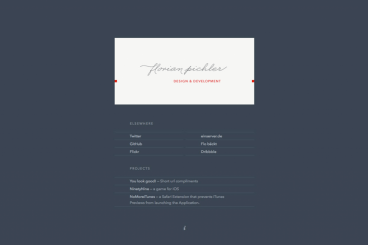
Business / 30 Nov 2015
Designing for Trust: How to Build a Relationship With Your Audience
Trust. How often do you think about this concept when working through a design project? Probably very often if you are associated with e-commerce, but what about other types of design?
Trust is a key component of user loyalty, and a reason why people come to your company or brand. While a lot of trust comes from past performance and a brand’s track-record, it also comes from the design. How a website, poster or package looks can impact how users feel about it and whether they take the leap from casual looker to brand loyalist.










